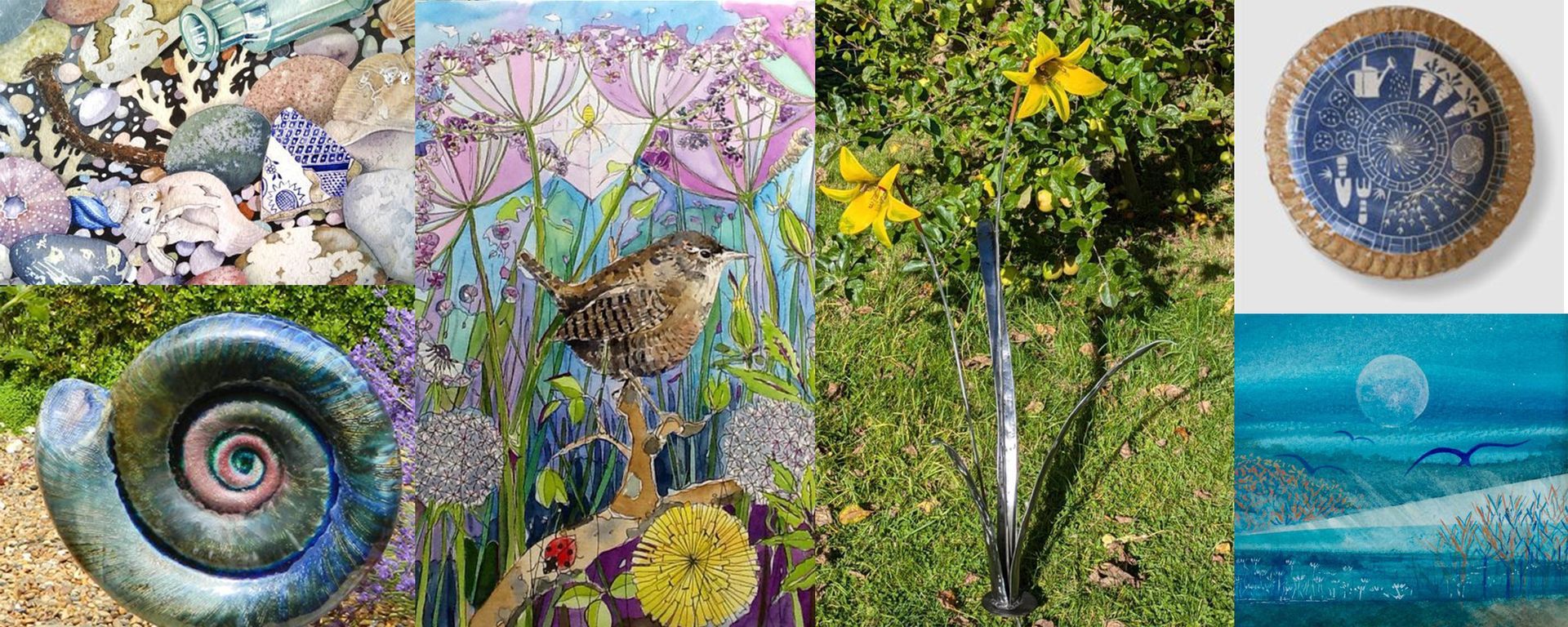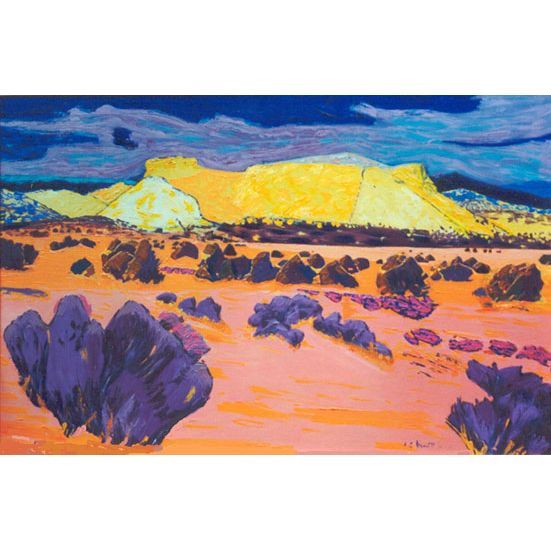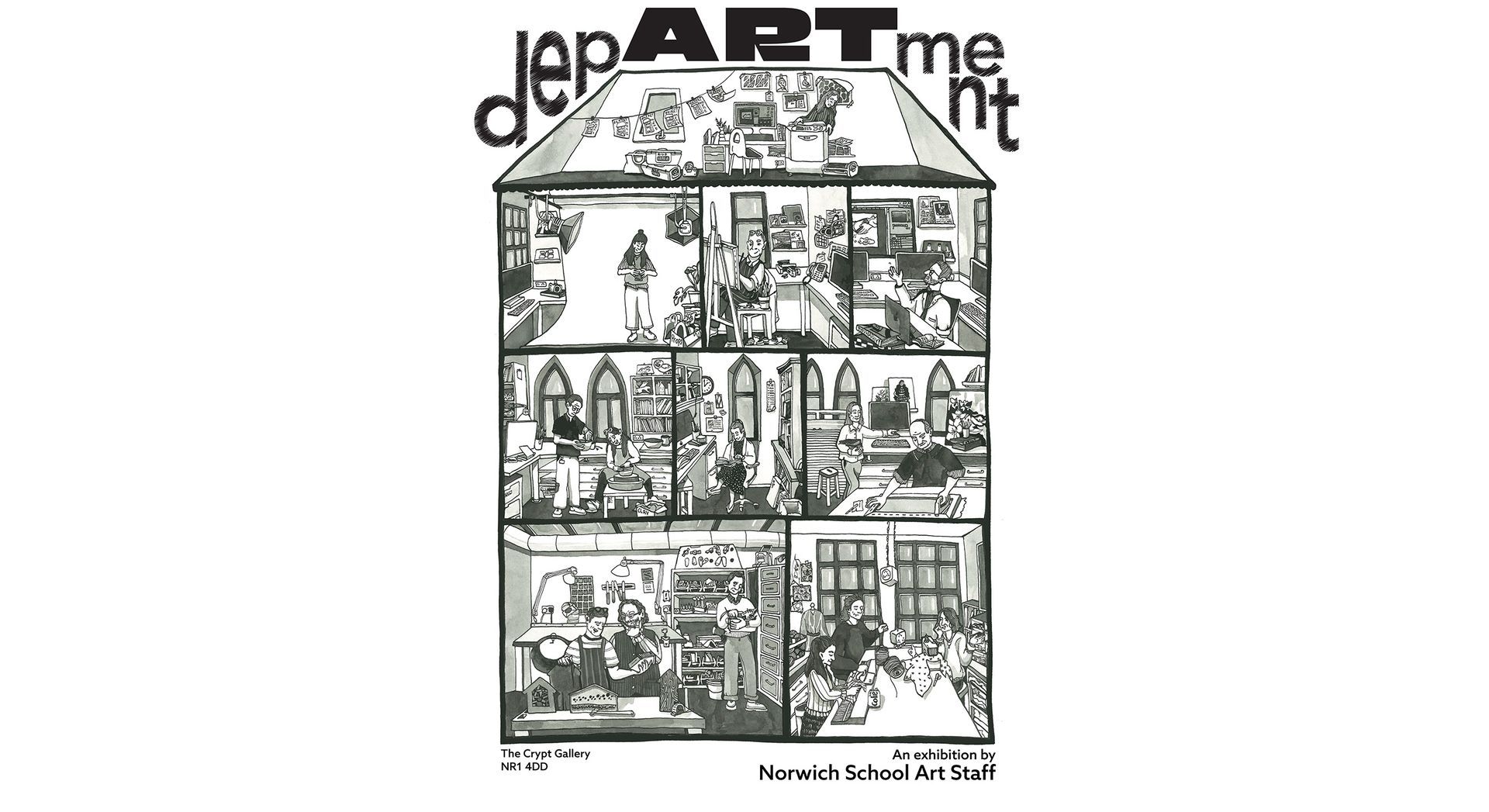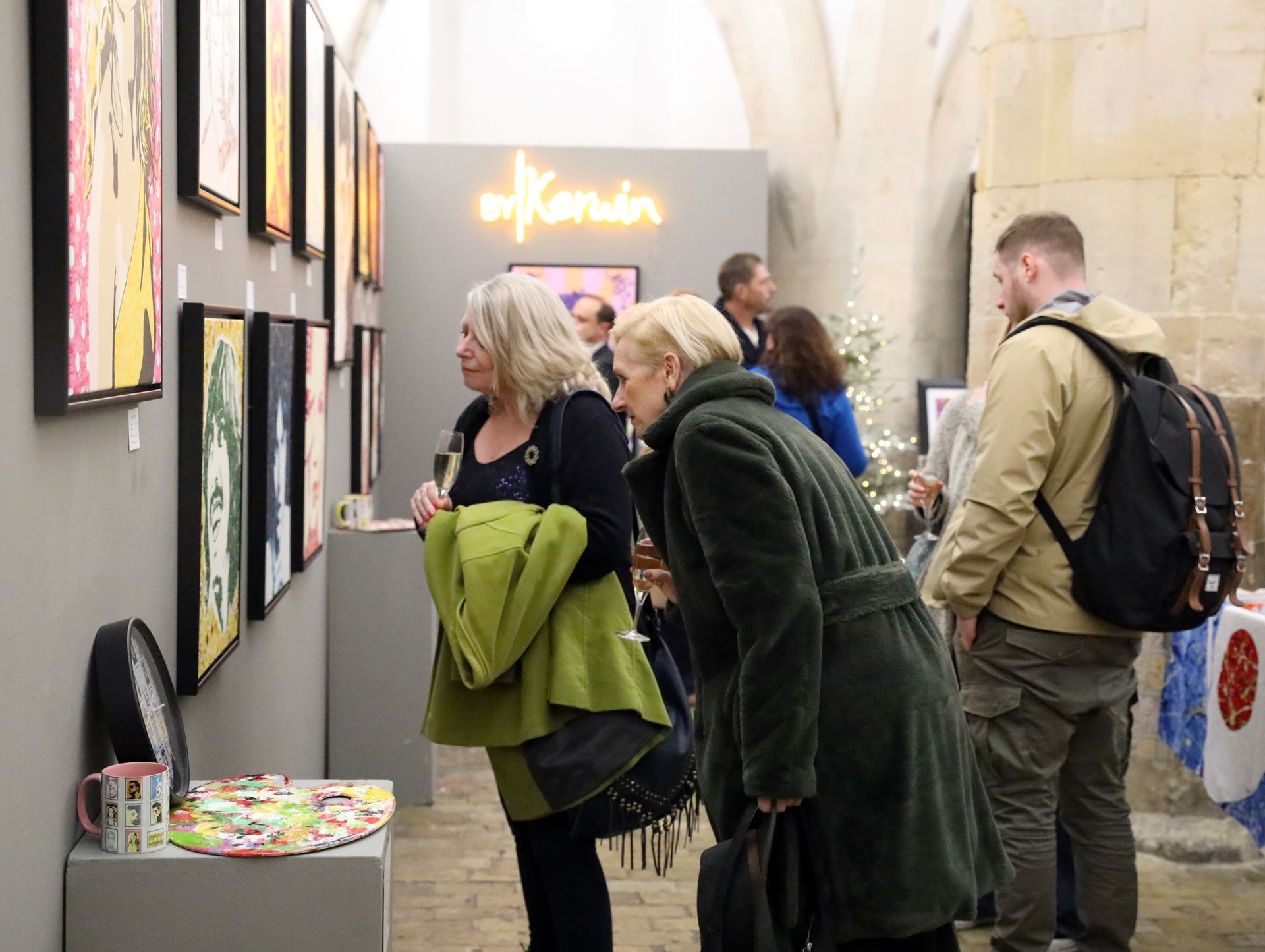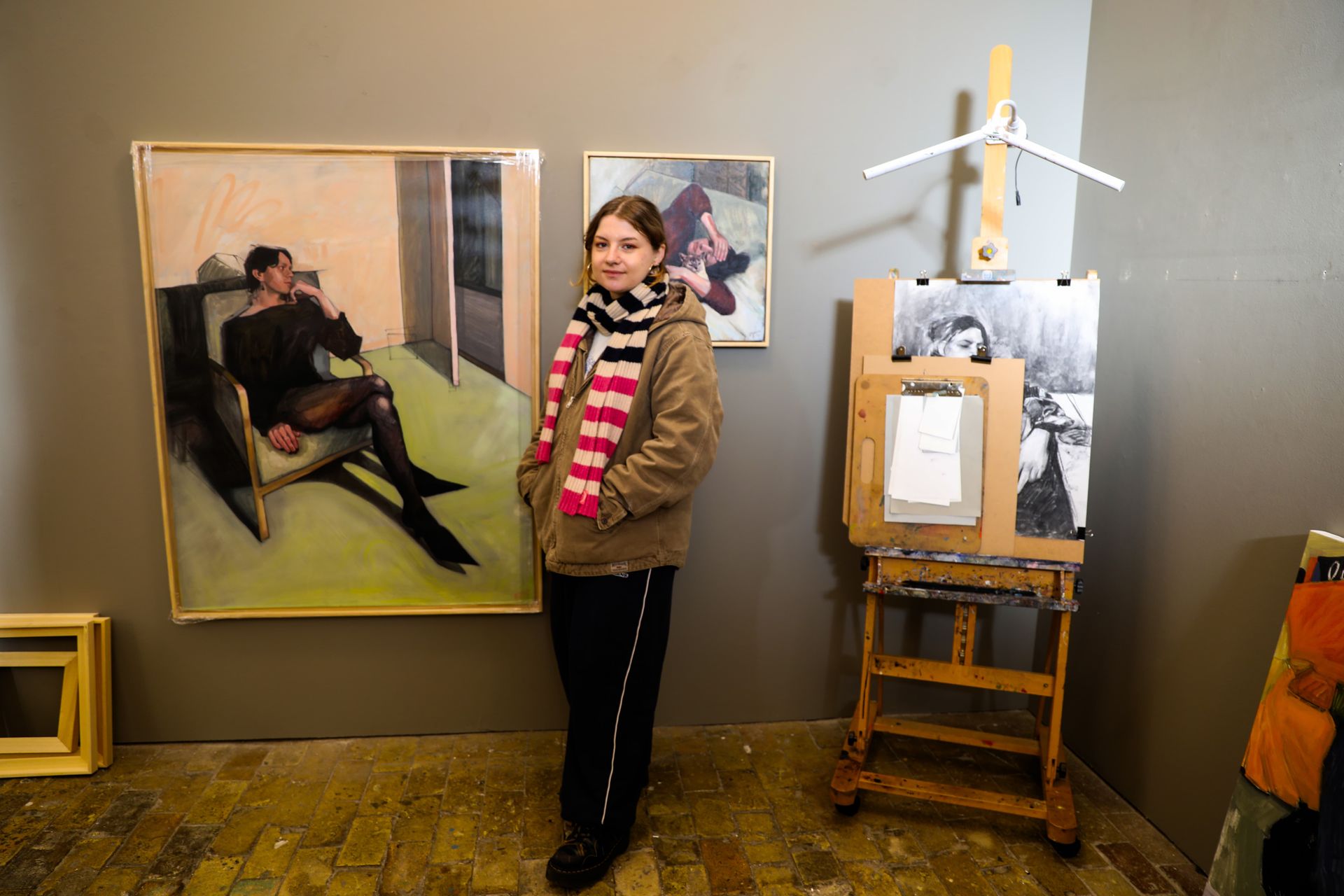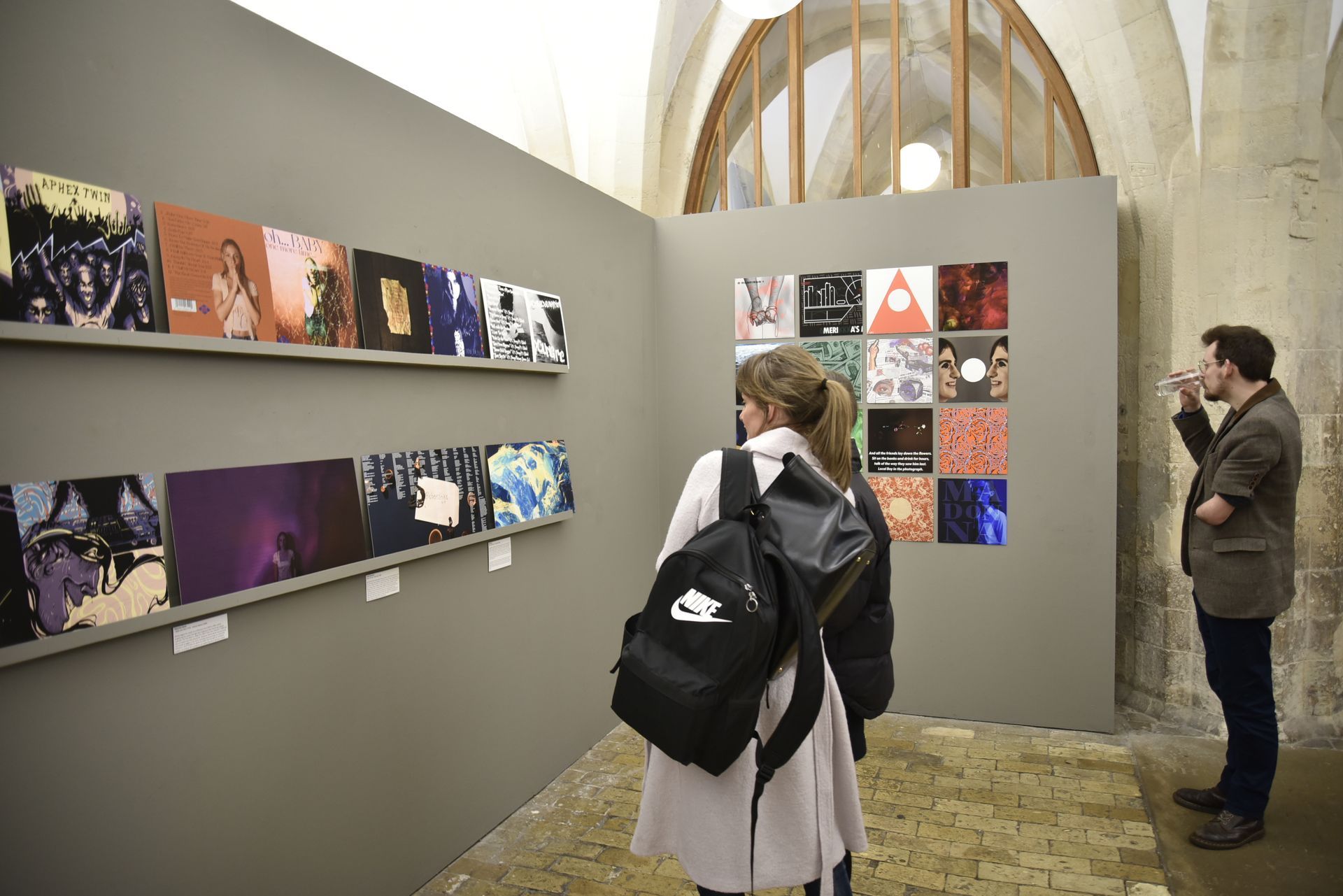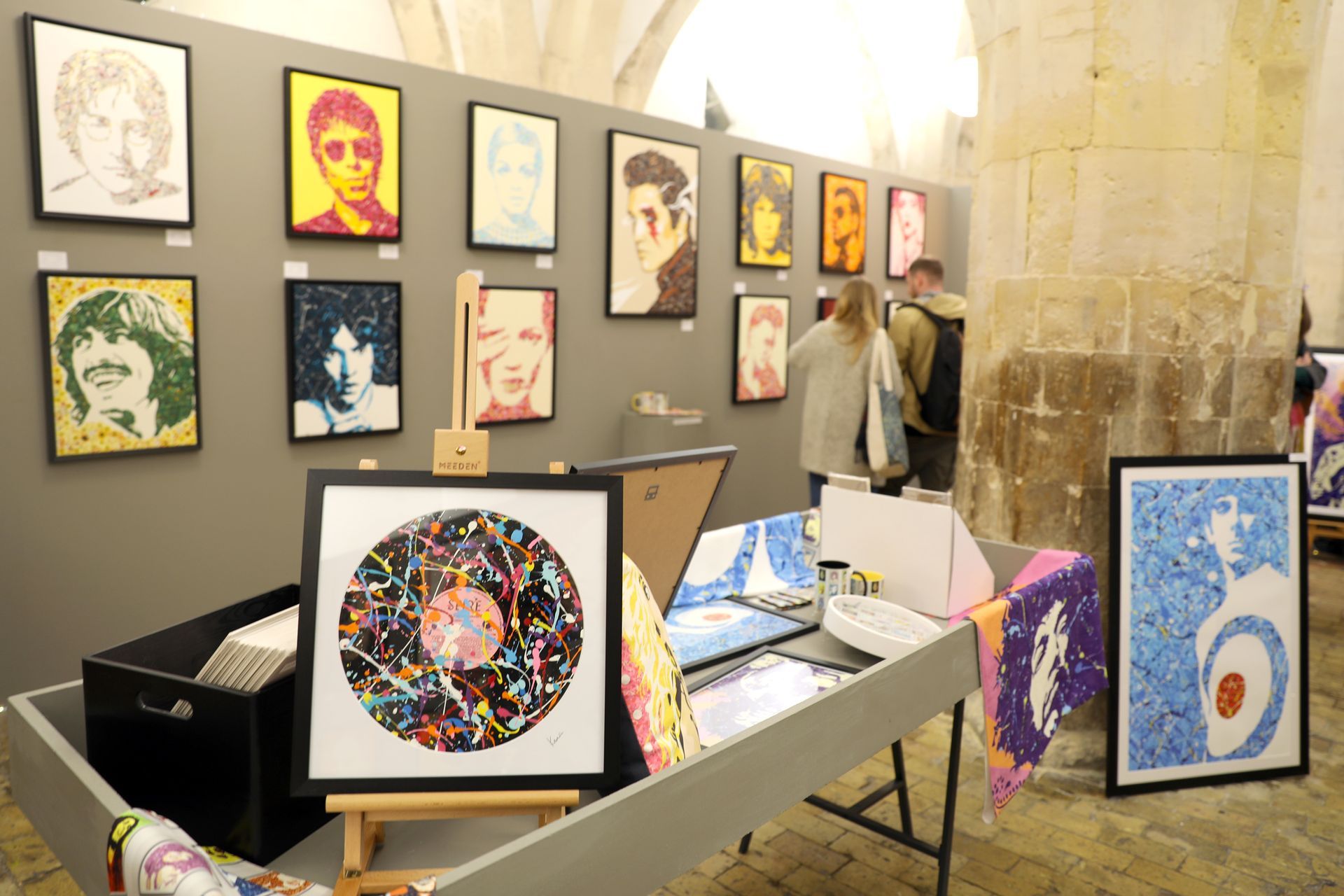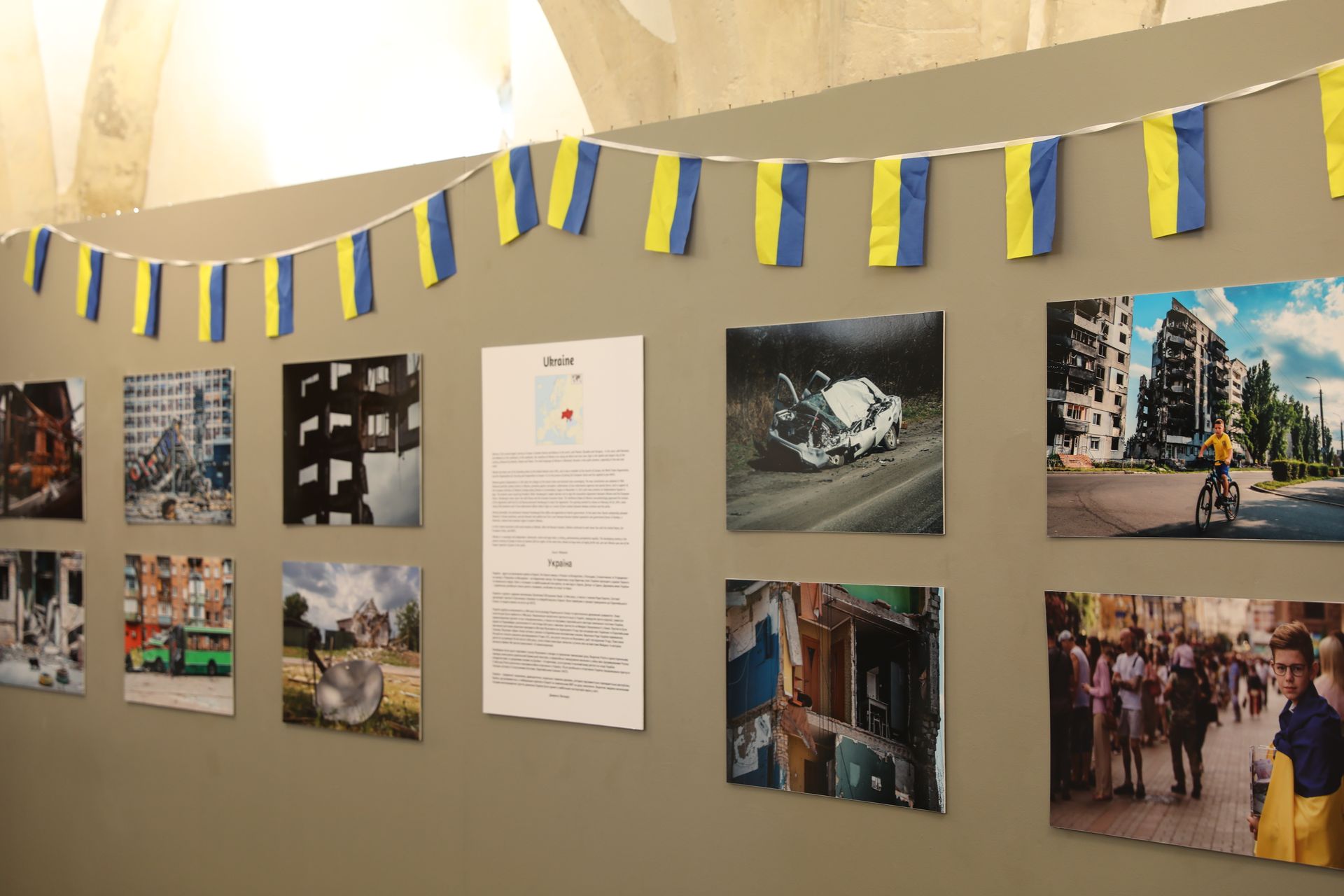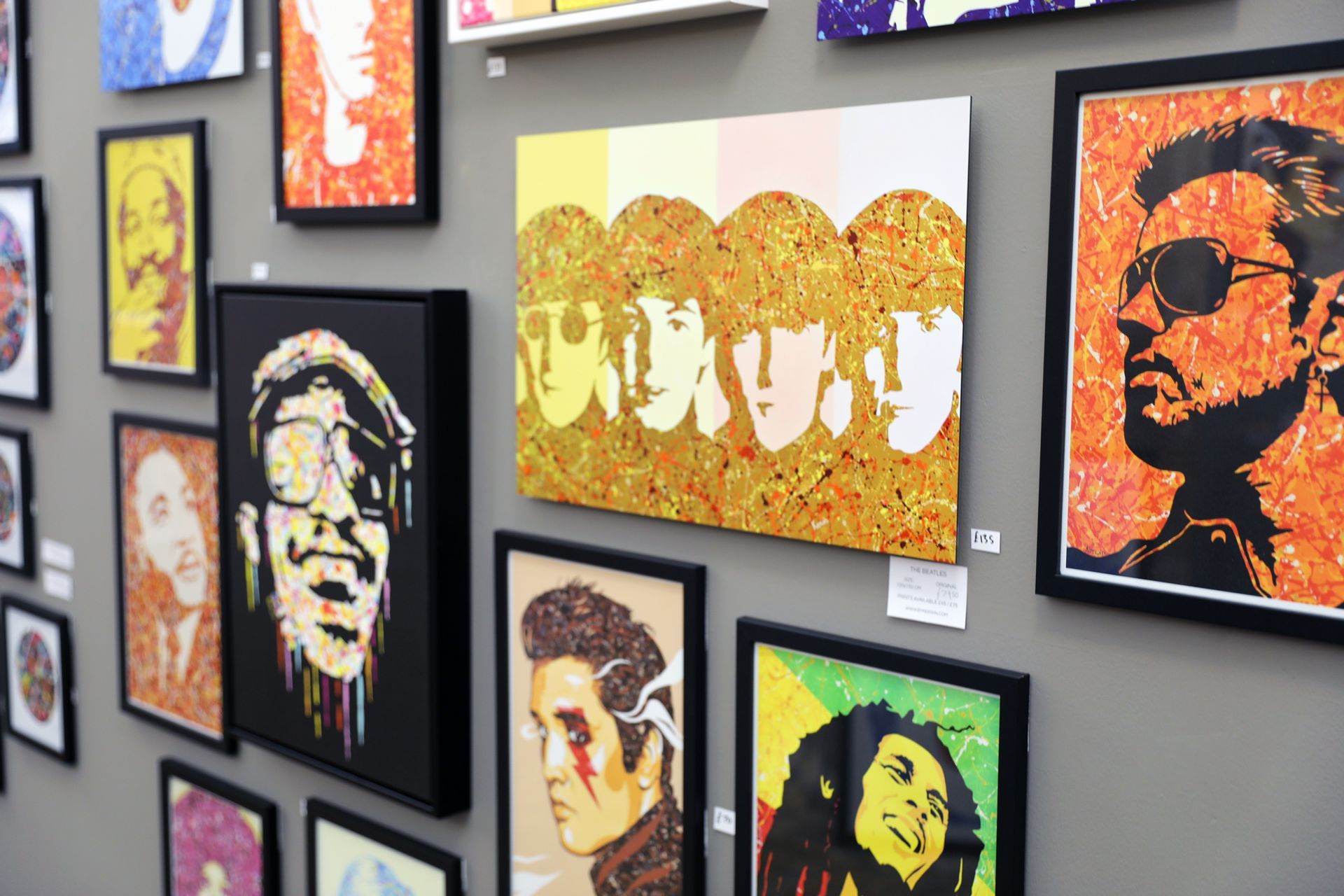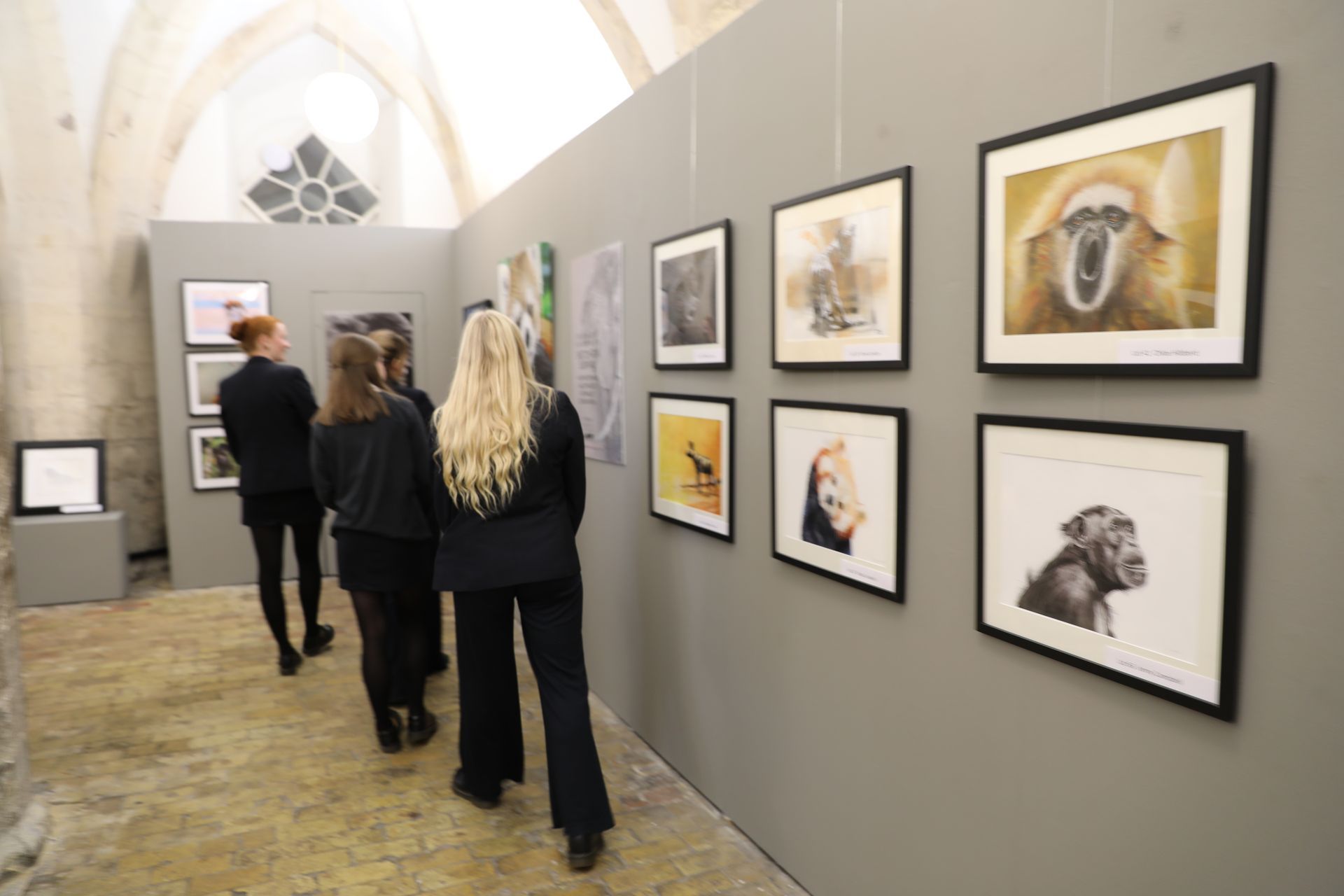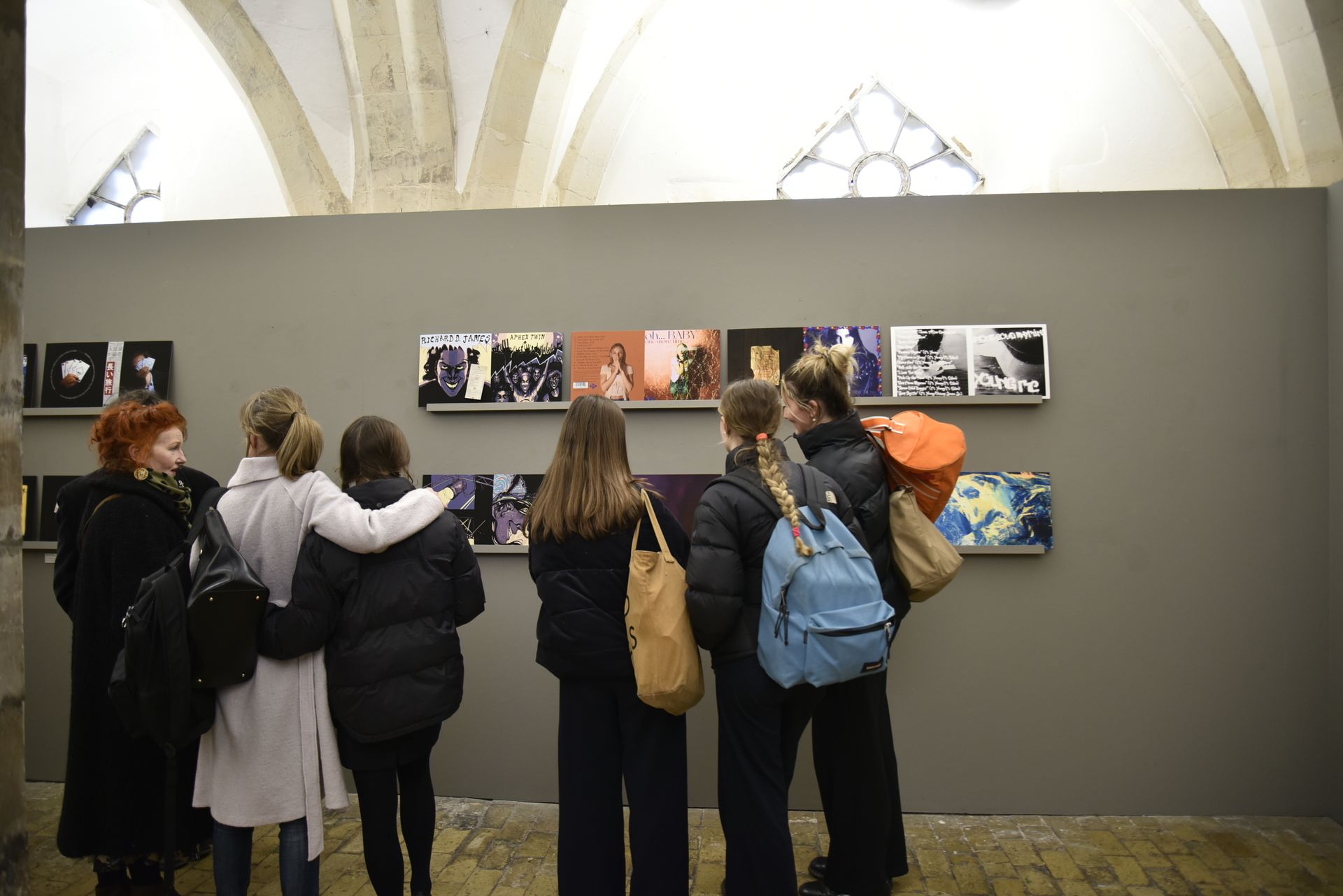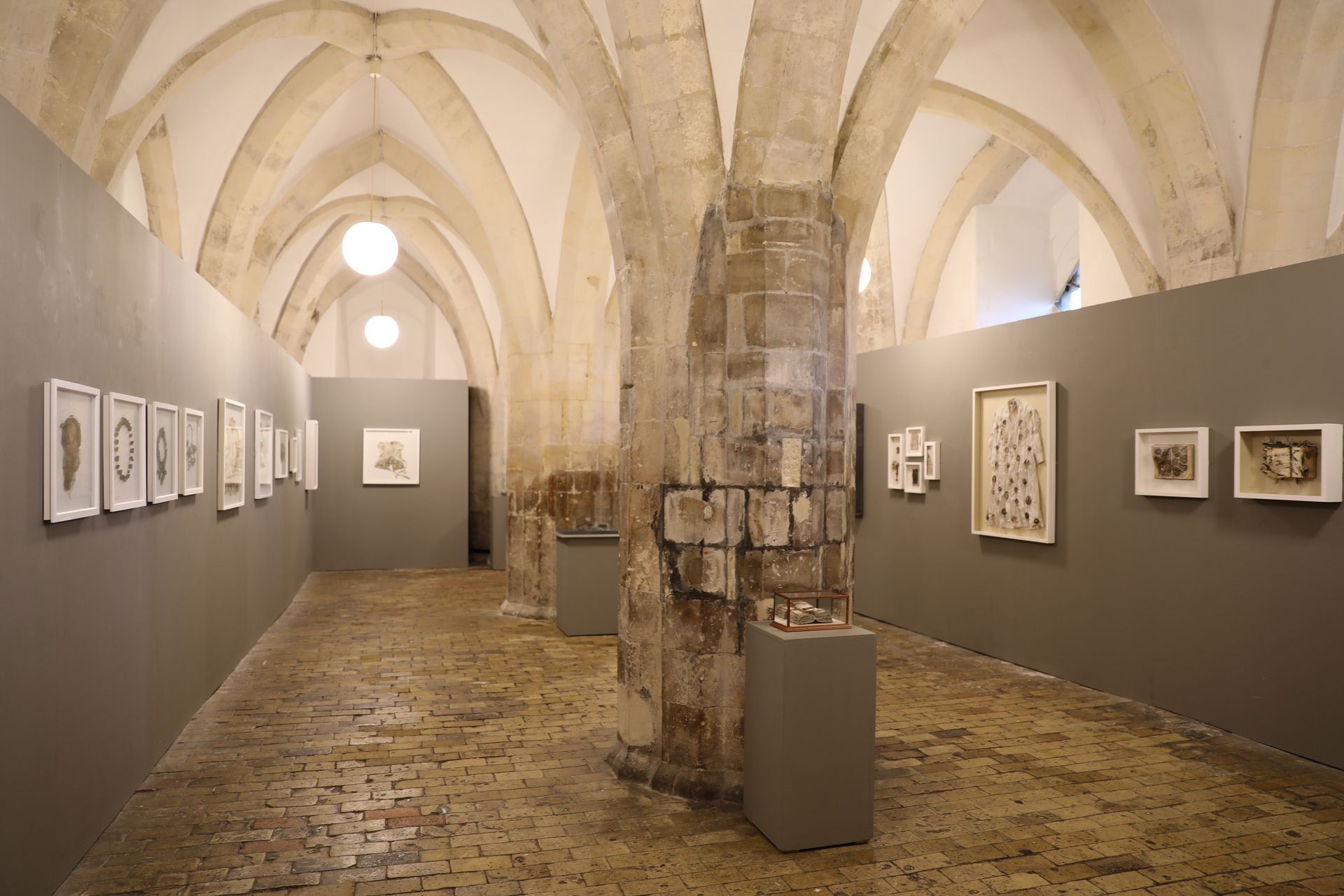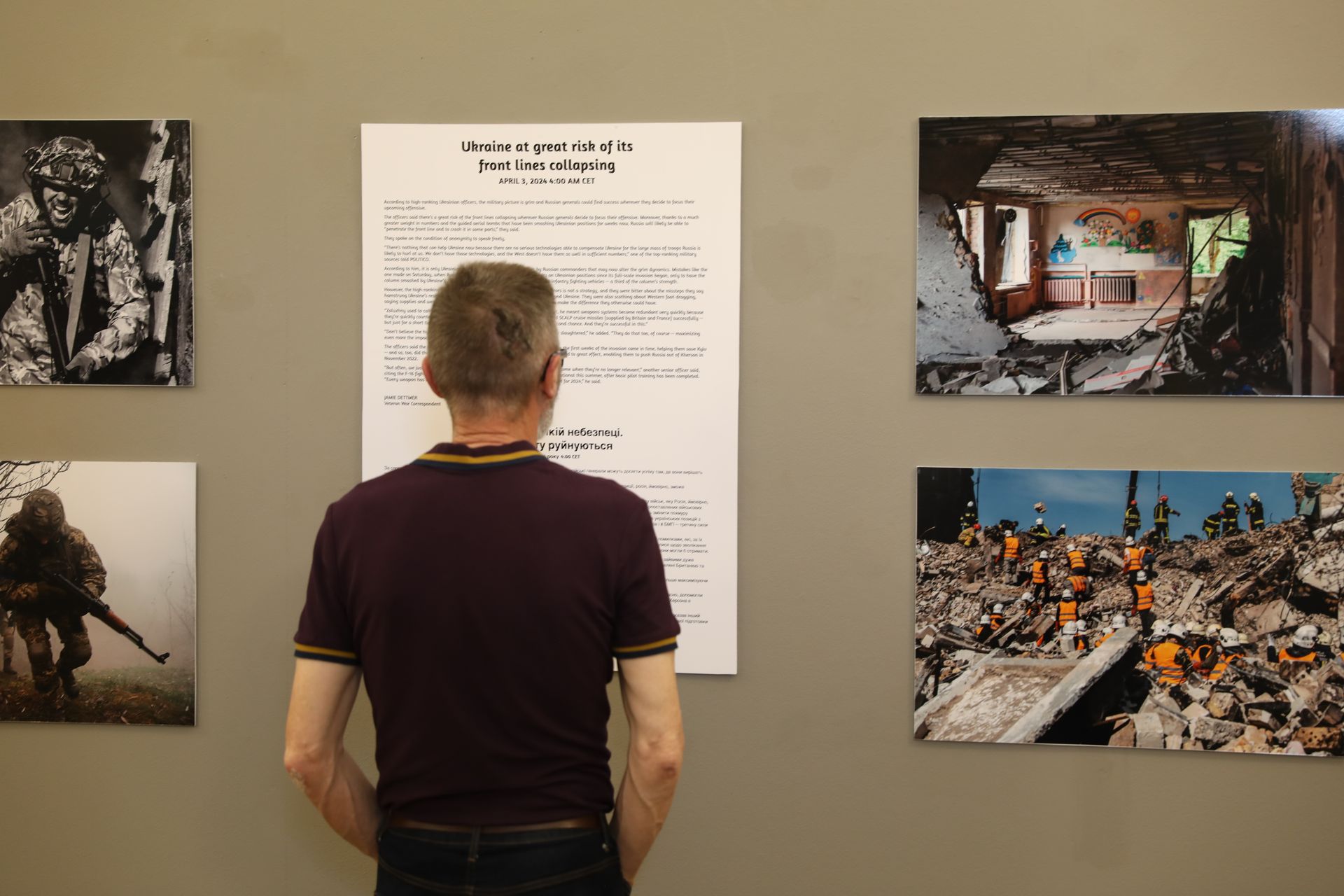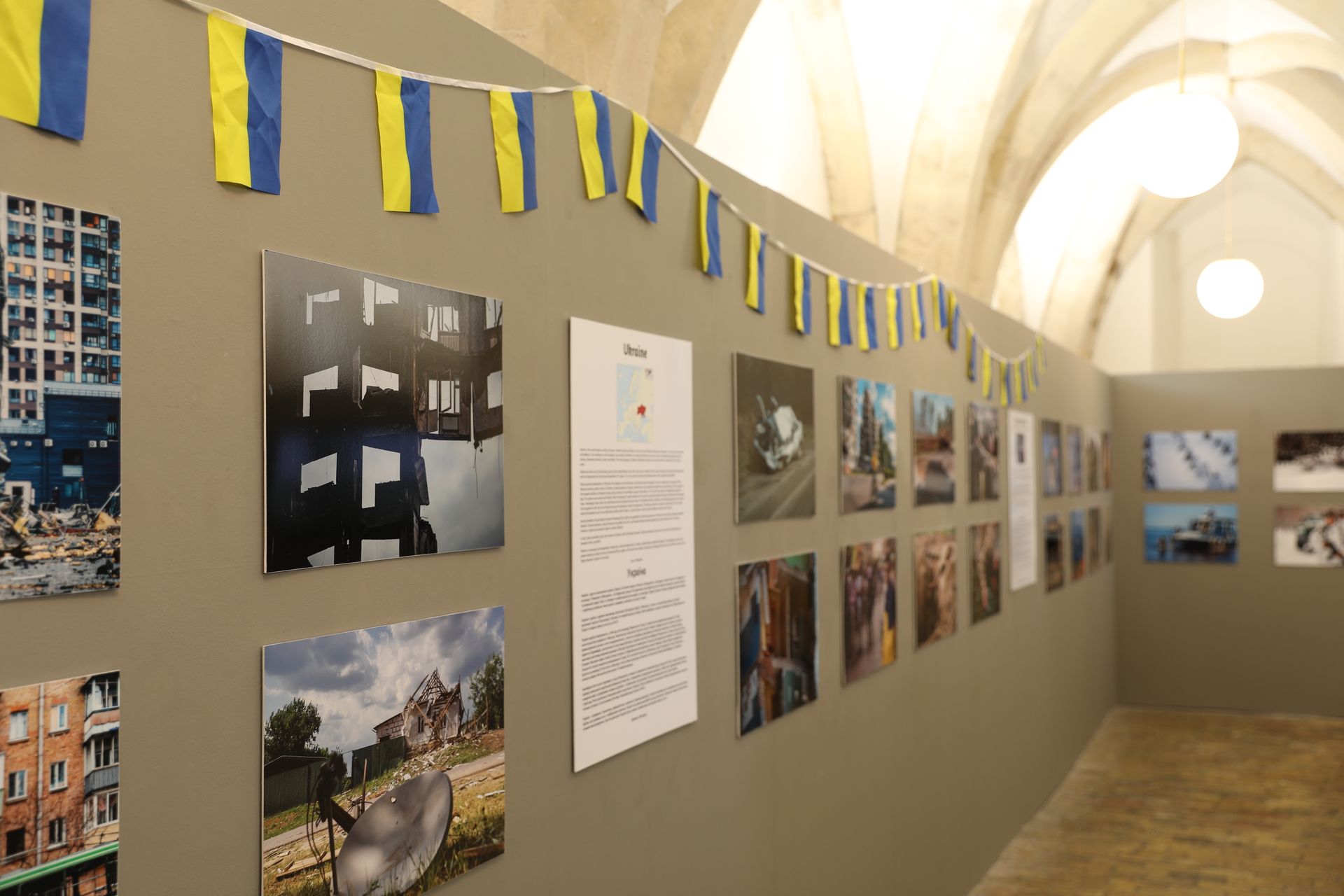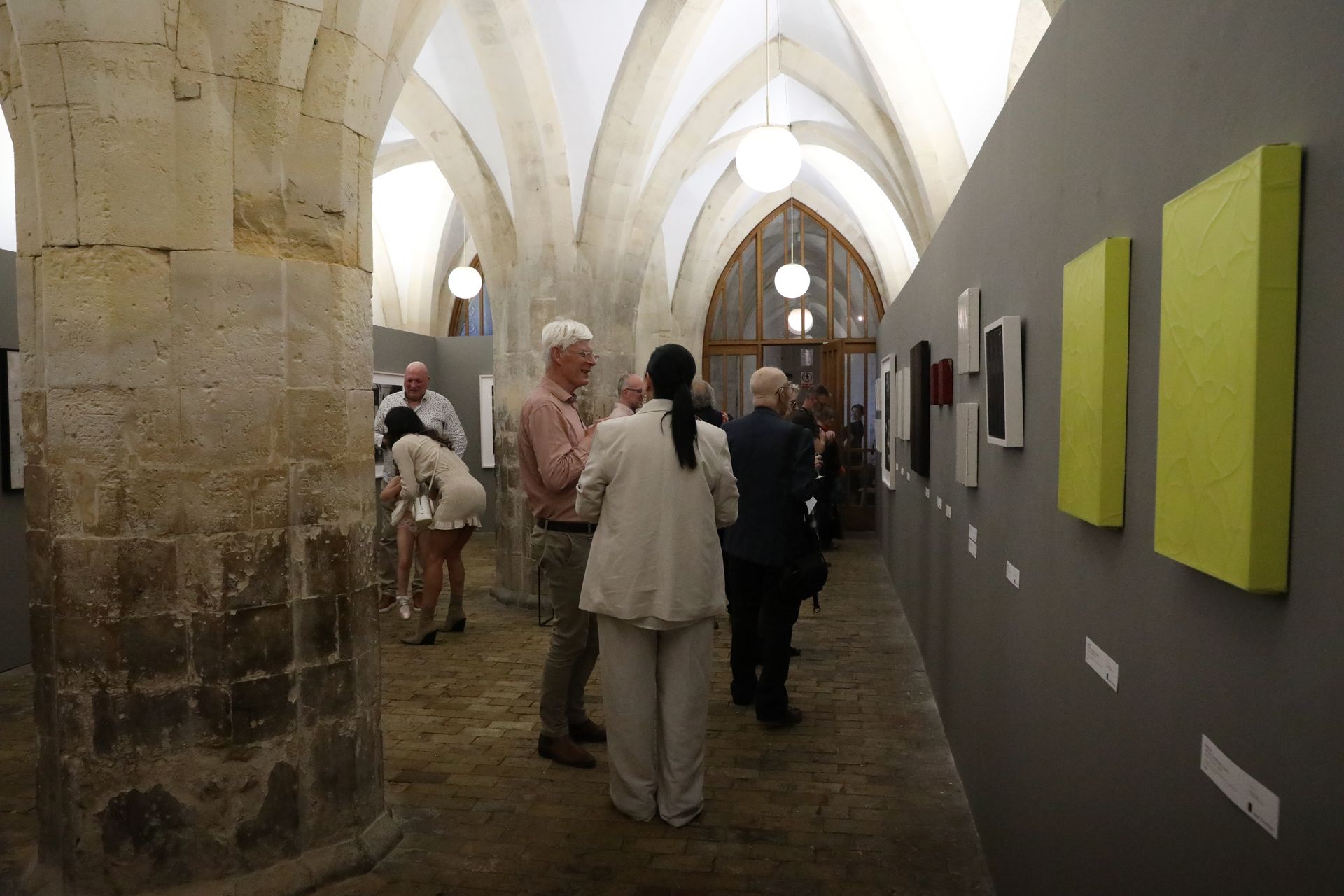Crypt Gallery
Crypt Gallery
Situated in the space below the School Chapel, The Crypt Gallery is an exquisite and historically important building offering a gallery environment in which the School can host a variety of exhibitions.
Boasting beautiful vaulted ceilings and conveniently located within the Cathedral Close, The Crypt Gallery is a unique environment for showcasing our pupils’ work, as well as benefitting the wider Norwich community, hosting a programme of external exhibitions across all art and design disciplines. Guest curators are invited to showcase their work, and we hope to develop a range of educational workshops related to the exhibitions to inspire Norfolk.
Crypt Gallery News
